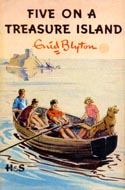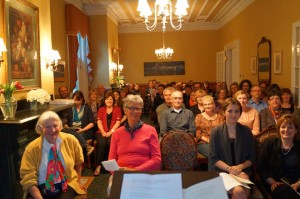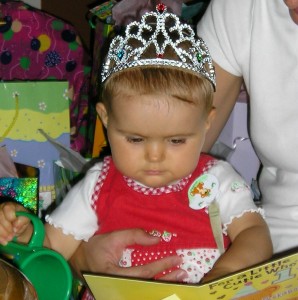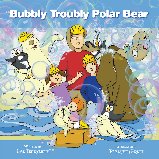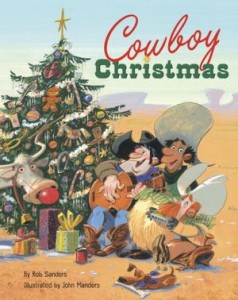Lisa Dalrymple has lived with chickens in South Korea, cats in Scotland, lizards in Thailand and her two sisters in England. She has never EVER lived with a Polar Bear. Lisa wrote her first mystery adventure book for kids when she was 10 years old. She sent it to Grolier—the encyclopaedia company—to see if the editors wanted to publish it. (They didn’t.)
Since then, though, Lisa has published three books. Two of them are about polar bears, and one is about a skink! Lisa lives with her husband and three children in Fergus, Ontario.
Welcome, Lisa. Please share about your experience of being read to as a child. What positive memories do you have?I know I was read to often as a child. I’m certain because books were always a part of our lives, because the stories we shared are still on my parents’ shelves and because my parents now share these same books with my own kids whenever we take them for a visit. Yet I don’t have any one particular memory of these interactions. Reading together was just something that occurred daily and so became a part of my childhood and who I am.
I do remember the thrill of visiting my own Nana & Grandpop, of finding the books they had saved that were my Dad’s when he was little, and of cuddling up in their front ‘box room’ (as we called it in England) to enjoy their copies of the Enid Blyton books we didn’t have at home.
What are your favorite aspects of sharing good books with kids?
I love sharing stories, particularly my own stories, with a group. There is no greater delight than seeing the looks on kids’ faces as they’re pulled into one of my books and that moment in time when we’re all connected through written words and spoken language.
I love how a story itself comes with no restrictions about who can experience it, that there needs to be no concept of difference or sameness, of gender or age between listeners. Recently, I was asked to present to a group of adult writers at the WordSpring festival of the Writers’ Federation of New Brunswick. The weekend started off with an evening in the very well-appointed salon of the Shadow Lawn Inn. Many talented authors shared their newest creations of historical fiction, literary fiction, and some very (ahem) grown-up poetry. I was the last reader of the evening, and I was feeling completely out of place with my brightly-illustrated picture book, nervous that the members of the audience would wonder why I was reading to them.
I began to present in the same manner that I read to every audience, regardless of age. I held up the full-size artwork so that everybody could see it, and I “performed” the story as I always do (just not very often in high heels). It was truly amazing to see the transformation in front of me. I wonder when was the last time many of the audience members had experienced a picture book being read out loud. As I looked into the faces of each of the listening adults, I saw in their eyes the same delight that comes to children engaged in story-time. It was a magical experience that illustrated for me just how much stories—and the remembrance of growing up sharing children’s books—can have an impact on all of us.
Please share your thoughts and tips for sharing good books with children.
When people ask me the age range for my books, I tend to say something along the lines of: children up to about 8 will especially enjoy them. No child is too young to share a good book. Even if a child can’t yet comprehend the entire context of a story, or if an infant doesn’t understand all the words, there is a special connection in sharing that snuggle time and of interacting with the images on the page and the cadence of the text.
I’m a particular sucker for good picture books with meter or rhyme. Often these books read like a song (or a nursery rhyme) and I think the youngest audiences sometimes enjoy these stories all the more. Because they can be easier to remember, the words often root themselves in young children’s minds, assisting them in making that connection between the letters they have seen repeatedly on the page and the words they hear spoken every night. These early books can help to create that magical space where a child doesn’t necessarily learn how to read but rather absorbs that knowledge through a kind of osmosis.
Thank you, Lisa!
What about you? What memories do you have of books that generations of people have enjoyed? Please let us know below.
If you’re in the mood for some fun stories that feature unique animals, check out Lisa’s books: If It’s No Trouble–A Big Polar Bear, Bubbly, Troubly Polar Bear, and Skink on the Brink.
Lisa’s book Skink on the Brink was a Canadian Toy Testing Council Recommended Read for 2014 and recognized as one of the Best Books for Kids and Teens in Fall 2013 by the Canadian Children’s Book Centre. It also won the Writers’ Union of Canada’s Writing for Children award in 2011.
You can visit Lisa online at www.lisadalrymple.com.
Don’t miss out! If you’d like to receive more of Lisa’s tips for sharing good books with kids, sign up for Aimee’s newsletter below. Lisa will be sharing a “Make Your Own Polar Bear” craft.



